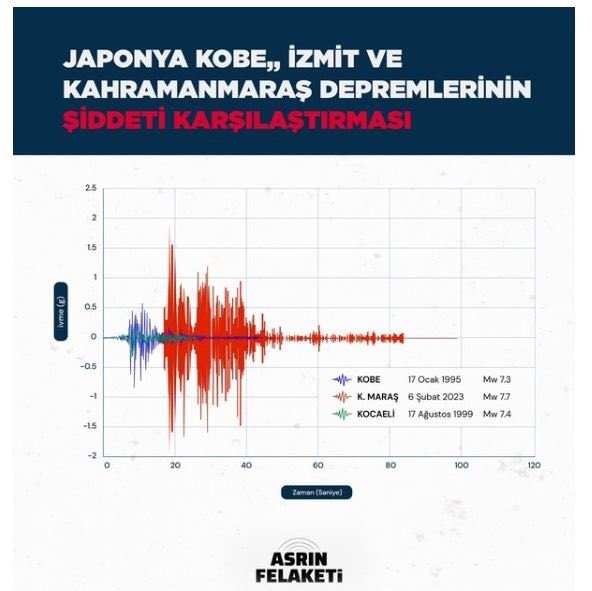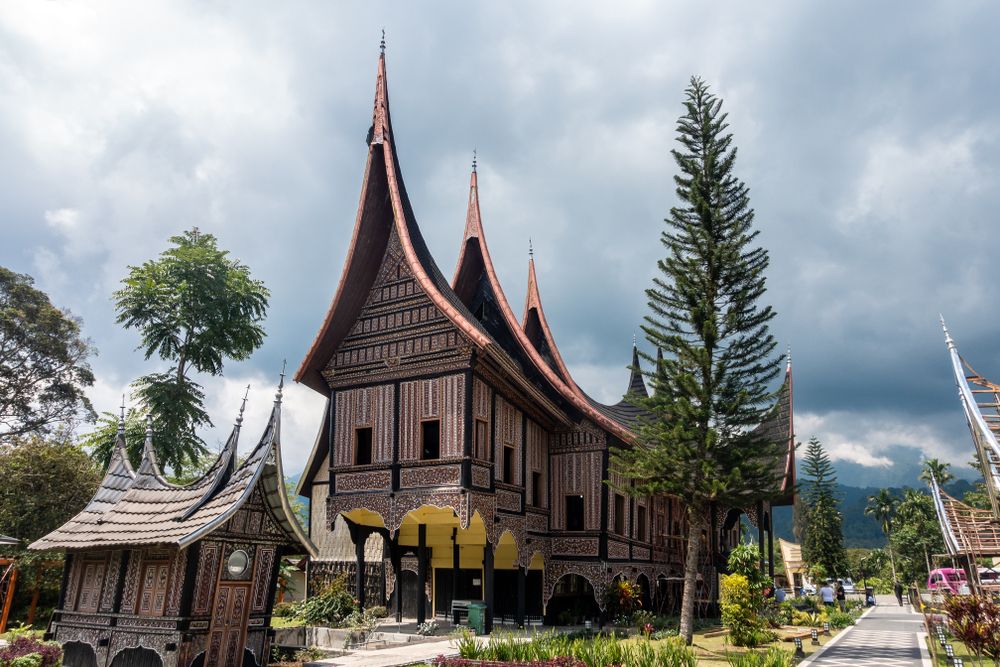dBSPL
SENIOR MEMBER

- Joined
- Mar 2, 2018
- Messages
- 7,661
- Reaction score
- 28
- Country
- Location
got some big earthquakes lately.
Sichuan Earthquake
Indian ocean earthquake
Haiti earthquake
Will death toll end up like above?

Intensity graph of 3 of the some biggest earthquakes of the last period. Unfortunately, the Kahramanmaras earthquake created a rupture exactly under the urban area and much closer to the surface. It generated a force about 10 times greater than the Gölcük earthquake. The length of the ruptured fault is estimated to be about 150 km. But the sad thing is that only 9-10 hours later, another parallel fault line in the region also ruptured with a magnitude of M7.6. The reason for such an increase in casualties is that the twin giant earthquake occurred within hours.
Hundreds of meters wide canyons have formed. Some hills have been leveled. Geography has changed. Yes, we cannot ignore the huge negligence, especially in terms of building stock, and we will follow up on all of them. However, we will better understand the magnitude of this disaster in time.









